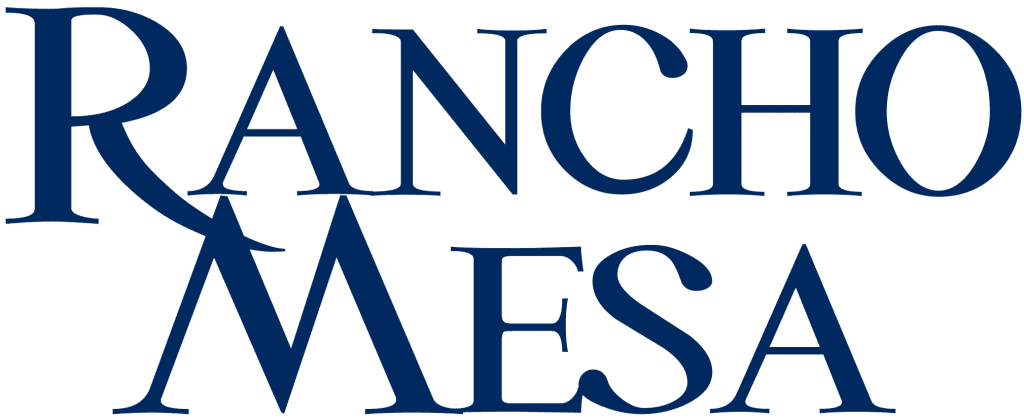
Lawn and landscape business owners actively look for opportunities to improve business operations. When it comes to evaluating the safety program, a challenge most companies have faced is quantifying the true impact of a workplace injury or illness.
OSHA released their “$afety Pays” application to bridge direct and indirect workplace injury cost vs the company’s profit margin.
Direct cost values the dollar amount incurred to pay for the medical treatment, temporary or permanent disability and expense of an injury.
Indirect cost includes:
- Any wages paid to injured workers for absences not covered by workers’ compensation;
- The wage costs related to time lost through work stoppage associated with the worker injury;
- The overtime costs necessitated by the injury;
- Administrative time spent by supervisors, safety personnel, and clerical workers after an injury;
- Training costs for a replacement worker;
- Lost productivity related to work rescheduling, new employee learning curves, and accommodation of injured employees; and
- Clean-up, repair, and replacement costs of damaged material, machinery, and property.
With this tool, OSHA has been able to allocate a value for indirect cost by assigning a multiplier to either the value of the direct cost or specific type of injury.
Based on the information entered into the application, businesses can see the amount of additional sales they will need to generate in order to off-set the expense.
OSHA also indicates that there are other indirect costs that are not included in the calculation, some examples would be.
- The costs of OSHA fines and any associated legal action;
- Third-party liability and legal costs;
- Worker pain and suffering; and
- Loss of good will from bad publicity.
Through NALP’s Safe Company Program, lawn and landscape companies have access to weekly safety training topics, a customizable Safe Company Program, a Safety Benchmarking Report and more. These tools can be used to help improve your companies’ safety practices and lower your total cost of risk.

NALP’s safety programs are produced in partnership with Rancho Mesa.
This article was published in the Jan/Feb issue of the magazine.

